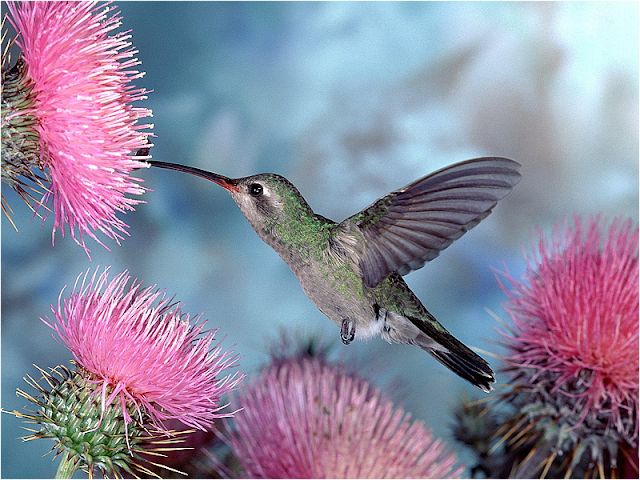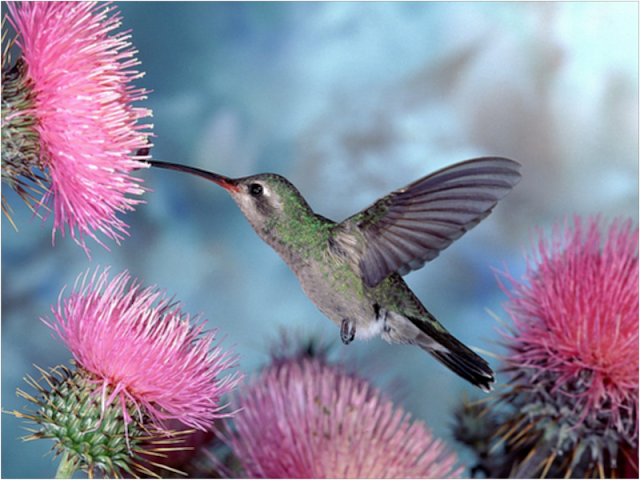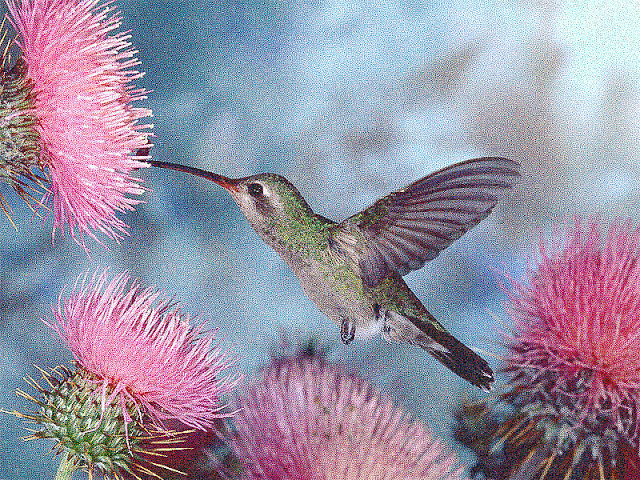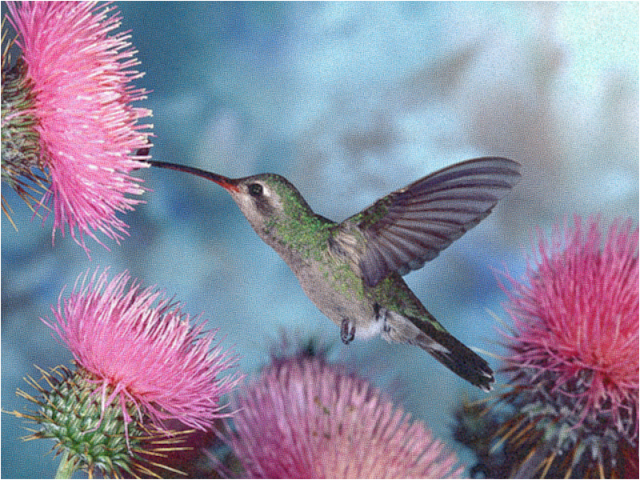Using this original image.
Let's see a couple things. Sharpened.

Sharpened and Blurred

Anti-Blurred

As a fun quirk, I tried to solve the image for blurring. Finding an image which would best look like the original image after being blurred. Which is, I believe, going to be an np problem. As one path precludes other paths, and your likely going to run through the problem with some approximation. In fact, it might be possible to apply such an algorithm to a color quantized image sans blurring with implied blur and render images which are data sparse and solvable to something approximating the original image. Like a blur-implied gif image. The anti-blurred image approximation (finding the optimal might well be np-impossible, or rather knowing that it's the optimal when you have it).
Anti-Blurred Image Blurred

When we apply a box blur to the image we get the above.
There may be some merit to the idea, but it might need some better encoding methods. As is this takes the same amount of data to display the blur-implied image than the original image. But, it may well have some methods therein to allow for pretty effective color mixing from a reduced subset of colors.

No comments:
Post a Comment